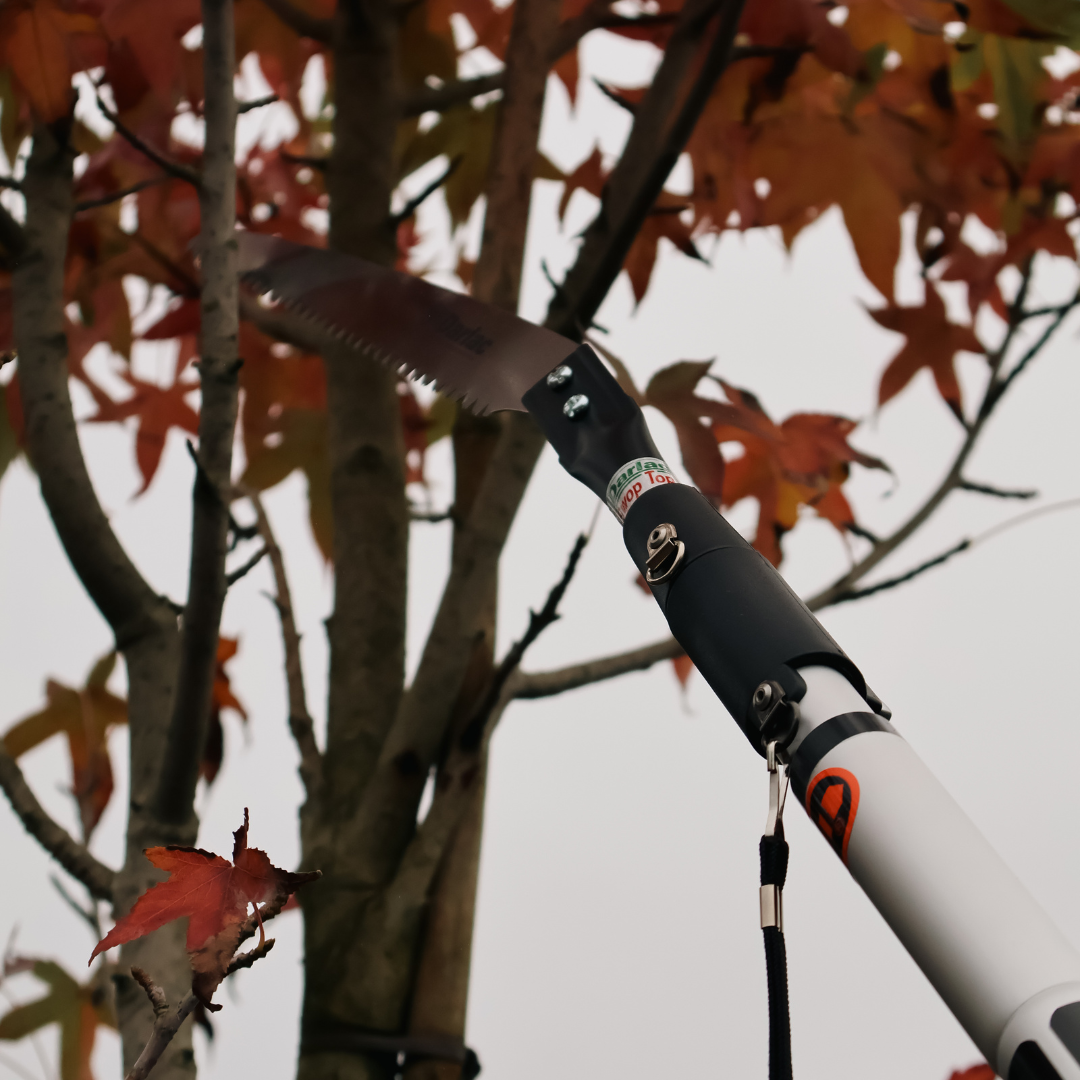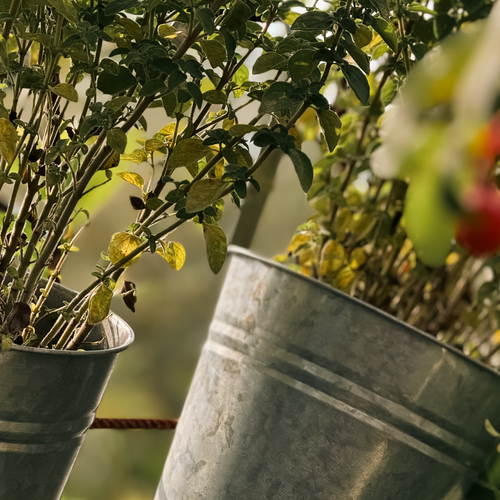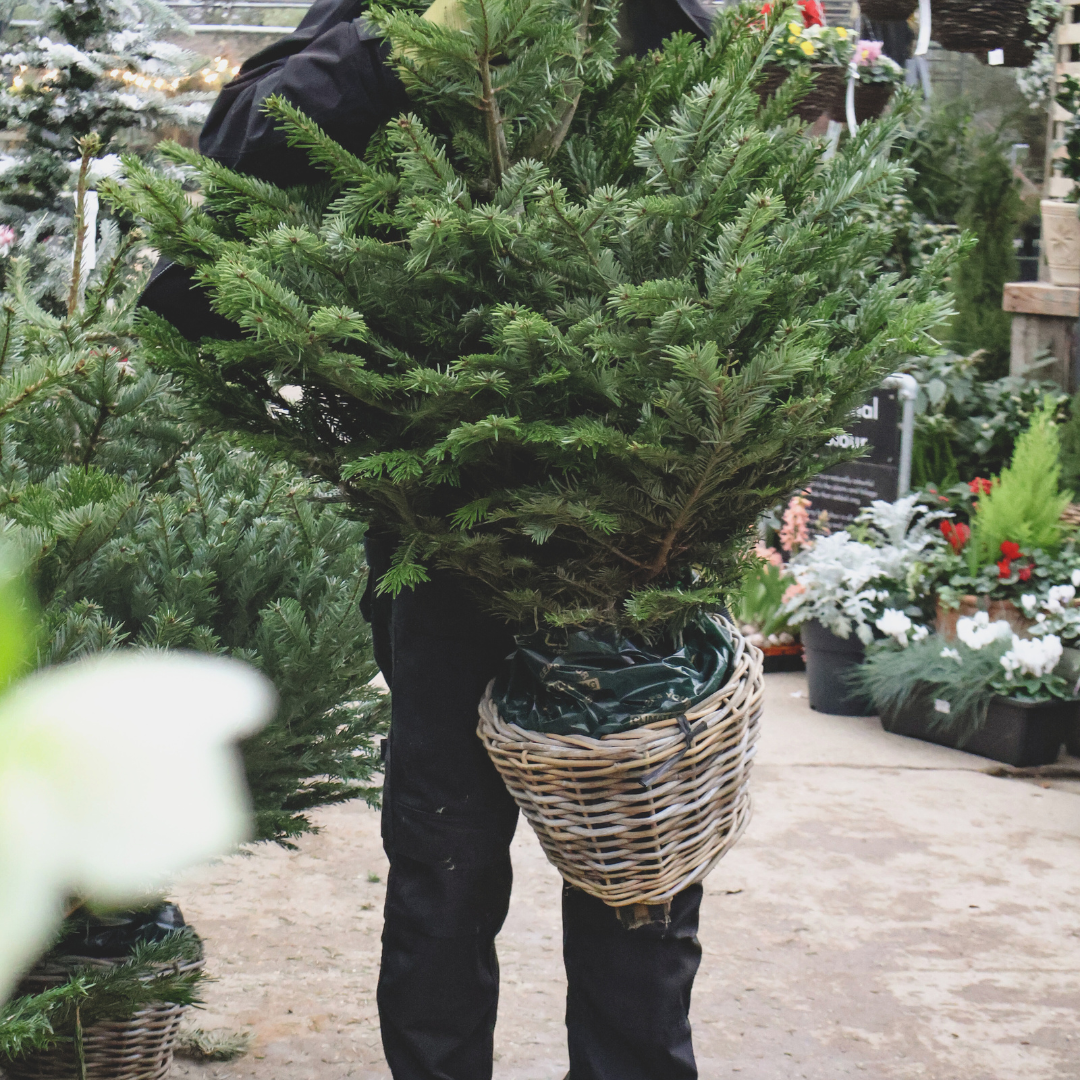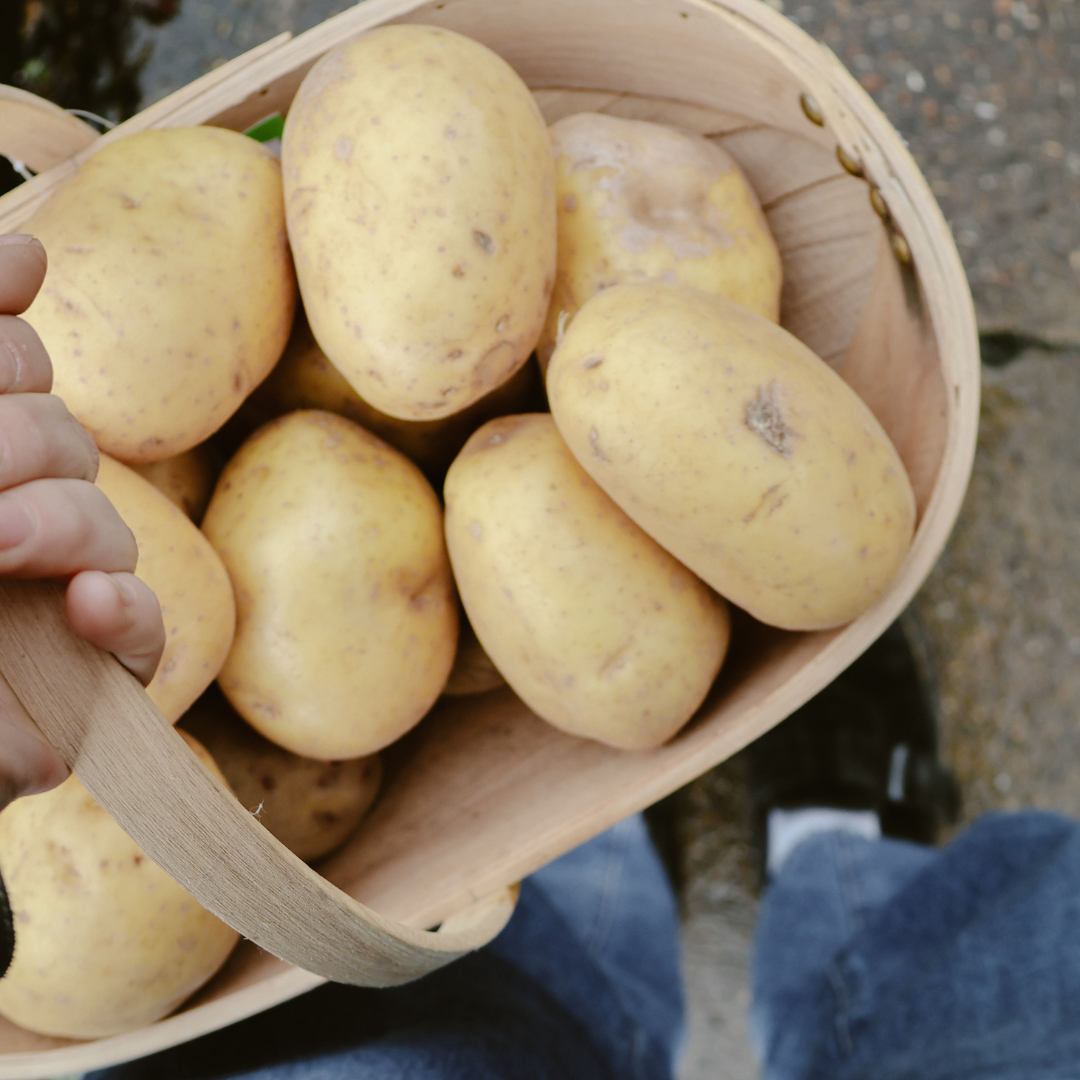Winter Pruning: Why and How to Prune Your Trees and Shrubs

Winter is the perfect time to prune many trees and shrubs. While it might seem like the garden is dormant, winter pruning offers several benefits that set your plants up for success in the spring. Here’s why and how you should prune your trees and shrubs during the colder months.
Why Prune in Winter?
Less Stress on Plants: Winter is the dormant season for many plants, so pruning at this time minimizes stress and allows them to conserve energy.
Better Visibility: With leaves gone, you can easily see the structure of trees and shrubs, making it easier to identify weak or damaged branches.
Encourages New Growth: Pruning helps remove dead or diseased wood, allowing the plant to focus its energy on healthy growth come spring.
Reduced Risk of Disease: Winter pruning reduces the chances of spreading diseases since many pathogens are dormant during this time.
What to Prune in Winter
Deciduous Trees (e.g., apple, oak, maple): Prune when dormant to avoid sap loss and disease.
Fruit Trees (e.g., apple, pear, plum): Winter pruning encourages healthy new growth and fruit production.
Shrubs (e.g., hydrangea, spirea): Cut back old growth to make room for fresh spring shoots.
Roses: Prune dead wood and shape your rose bushes before they start blooming in spring.
How to Prune
Use Clean, Sharp Tools: Make sure your pruning shears or saws are clean and sharp to make precise cuts.
Remove Dead or Damaged Wood: Start by cutting away dead, broken, or diseased branches to prevent the spread of pests and disease.
Shape the Plant: After removing damaged wood, shape the plant by trimming any long, straggly branches. Be sure to follow the natural form of the plant.
Make Clean Cuts: Always cut just above a bud or node, and avoid leaving stubs that can become entry points for diseases.
Dispose of Pruned Material: Gather and dispose of cut branches and leaves to keep pests and diseases from taking hold.
Tips and Warnings
Avoid Pruning During Freezes: Wait until the weather warms slightly to prevent damage to the plant.
Don’t Over-Prune: Only remove what’s necessary—over-pruning can harm the plant’s health.
Be Careful with Spring-Blooming Plants: Wait until after flowering to prune plants like lilacs or forsythia, as pruning in winter could remove buds.
Conclusion
Winter pruning is an important task for maintaining healthy, vibrant trees and shrubs. By pruning during the dormant season, you’ll encourage strong growth for the upcoming year and help your plants thrive. With a little care and the right tools, you’ll be ready to enjoy a beautiful garden come spring!
Happy pruning!




